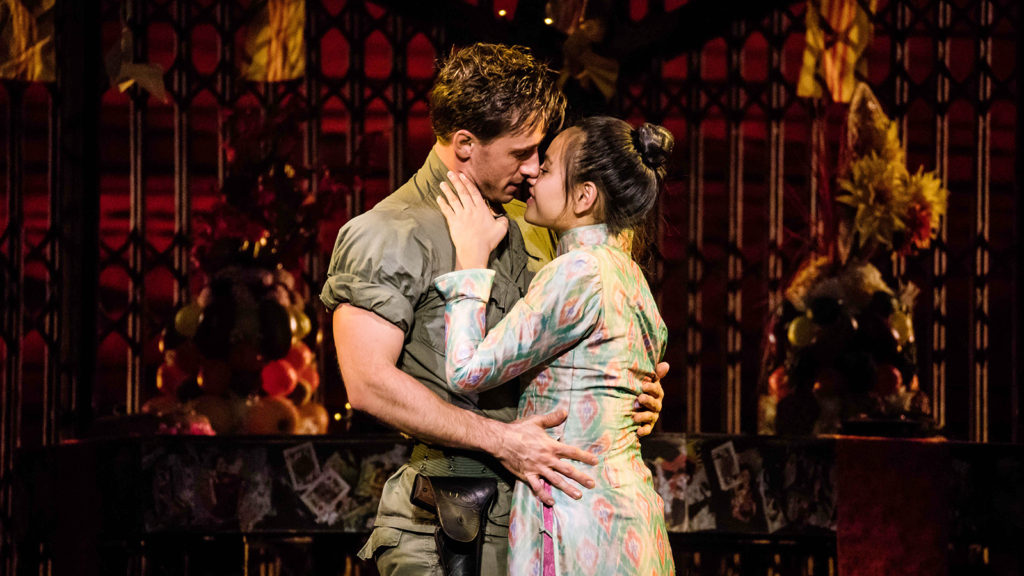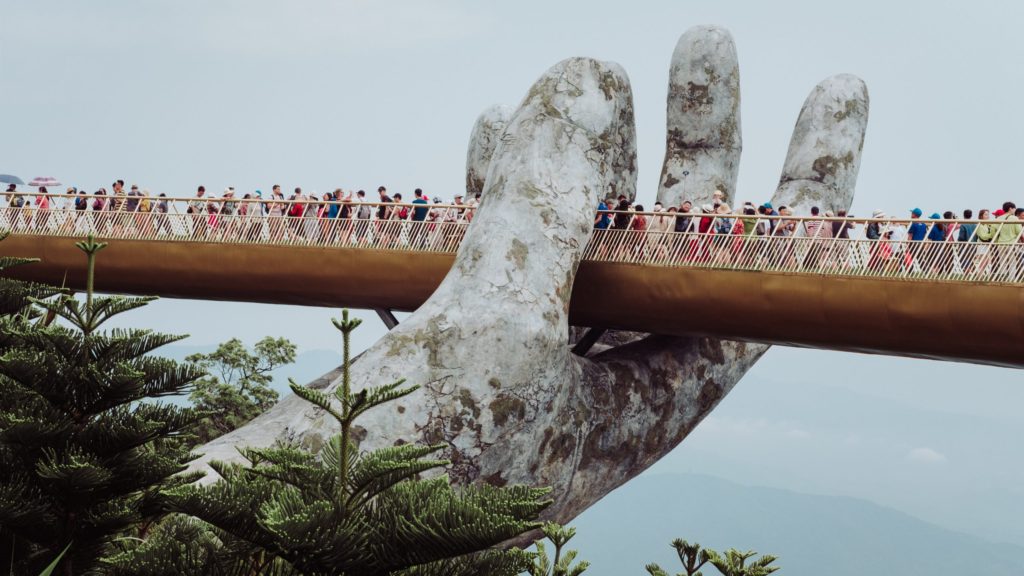The Reality of Viet Representation in Hollywood
Over the years, it is evident that there has been an increase of minority, specifically Asian, representation in mainstream media. However, we must come to learn that representation is simply not enough nor it is reflective of reality.
The Reality of Viet Representation in Hollywood Read More »


